In the East the snow lion symbol is associated with fearlessness, dominance over mountains, and the earth element. The snow lion is a celestial animal of Tibet. In Buddhism the Snow Lion protects Buddha in paintings and sculptures. The body of the Snow Lion is white while its mane, tail and legs are blue, green or turquoise. There is a rare breed of mastiff dog known as a snow lion and it has been used for millennia to guard women and children.
See the smile? That's because the snow lion represents the primordial playfulness of 'joy' and 'bliss'. In myth the Snow Lion does not fly, but their feet never touch the ground.
The first time I was exposed to the snow lion was at a dance performance at the University of Denver. It was delightful - also they offered the skeleton dance which was fun too.
You will see two snow lions on the flag of Tibet because The Snow Lion is the National Emblem of Tibet.
The first time I was exposed to the snow lion was at a dance performance at the University of Denver. There were actually two dances - one was the dance of the snow lion and the other one was the skeleton dance - both were delightful! In some of Southeast Asia the word for a snow lion is a Singh and they represent guardian spirits. In Tibet the word for snow lion is senge.


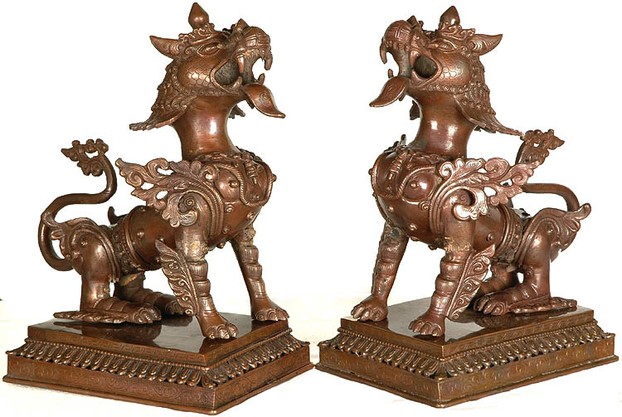
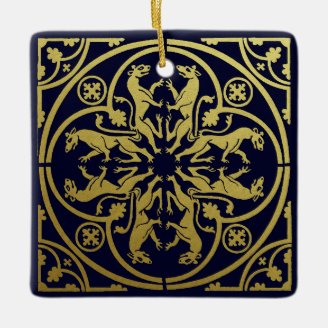
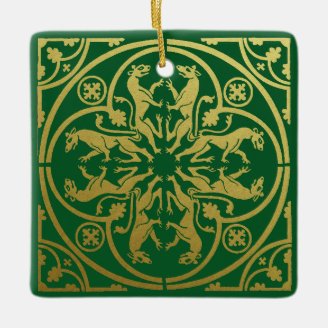
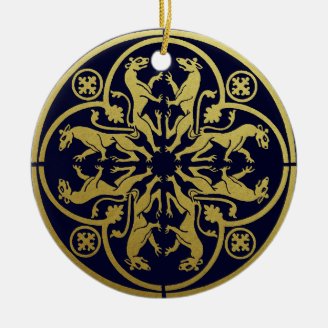


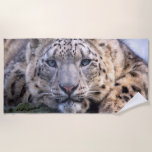
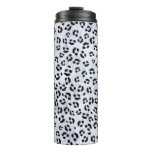
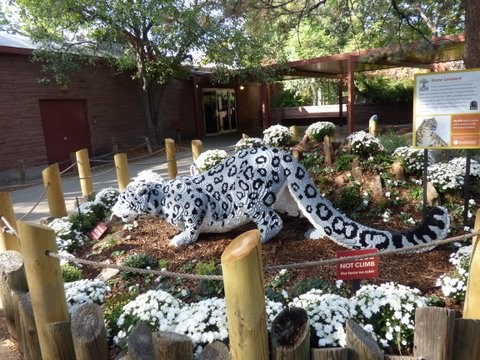

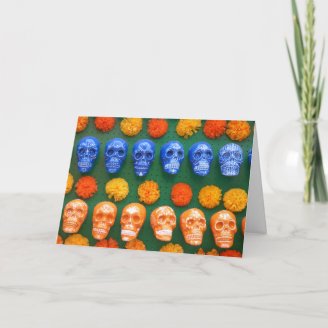
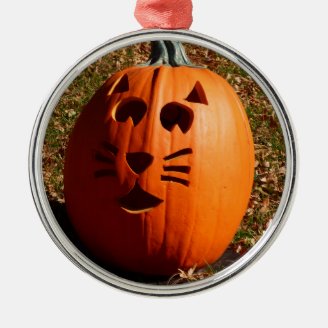
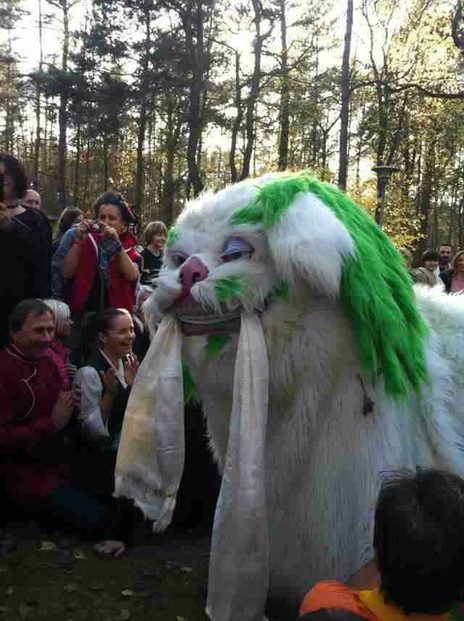


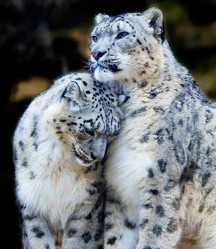

 Get Informed About Parrotson 07/09/2018
Get Informed About Parrotson 07/09/2018
 The Falconon 05/11/2017
The Falconon 05/11/2017
 Pelicans Are Funon 06/27/2016
Pelicans Are Funon 06/27/2016
 Blooms for Butterflies and Birdson 06/11/2016
Blooms for Butterflies and Birdson 06/11/2016
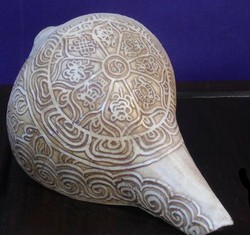
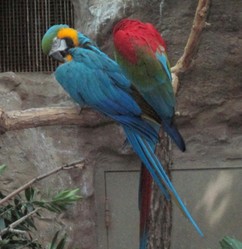
Your Comments - Were You Aware of Snow Lions or Snow Leopards?
Thank you!
Interesting article from another culture. Worth reading.
It seems like the Tibetans are similar to the Native Americans in their love of turquoise and coral.
Quite interesting! I wonder why the main and tail are such unusual colors. Those happen to be mu farovites!
Probably not. Glad you liked the snow lions.
MBC, Thank you for the pictures, prayers, and quotes. In particular, I like what Milarepa says as well as the associations with the Buddha's throne and the Tibetan flag. Will you be writing about the skeleton dance?